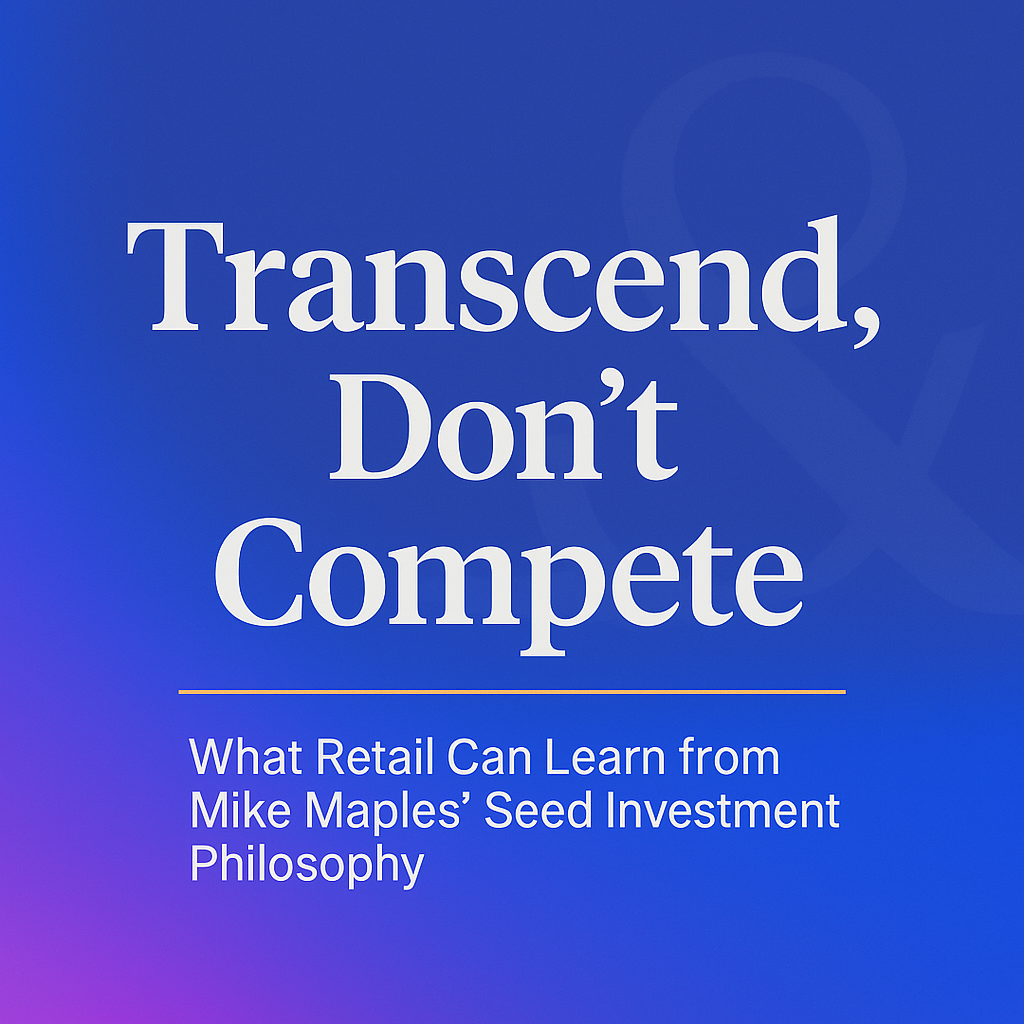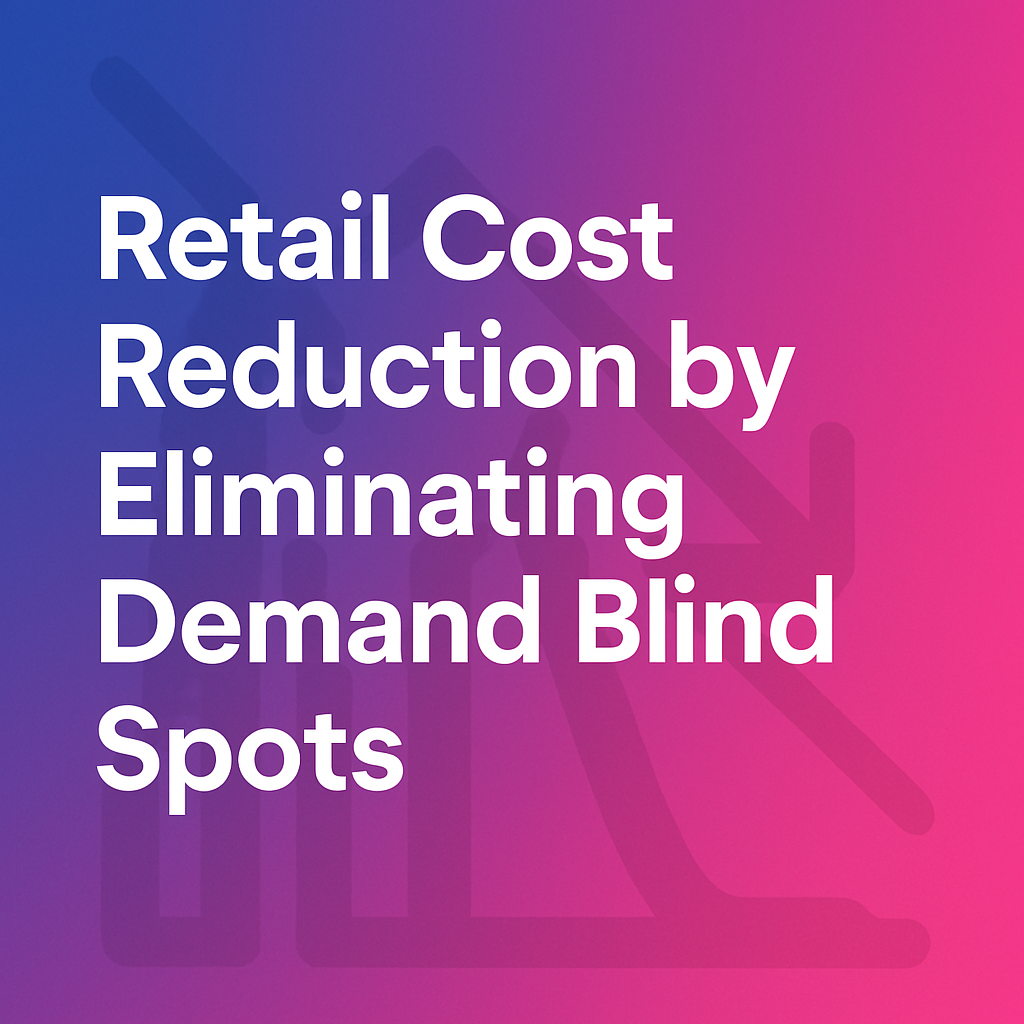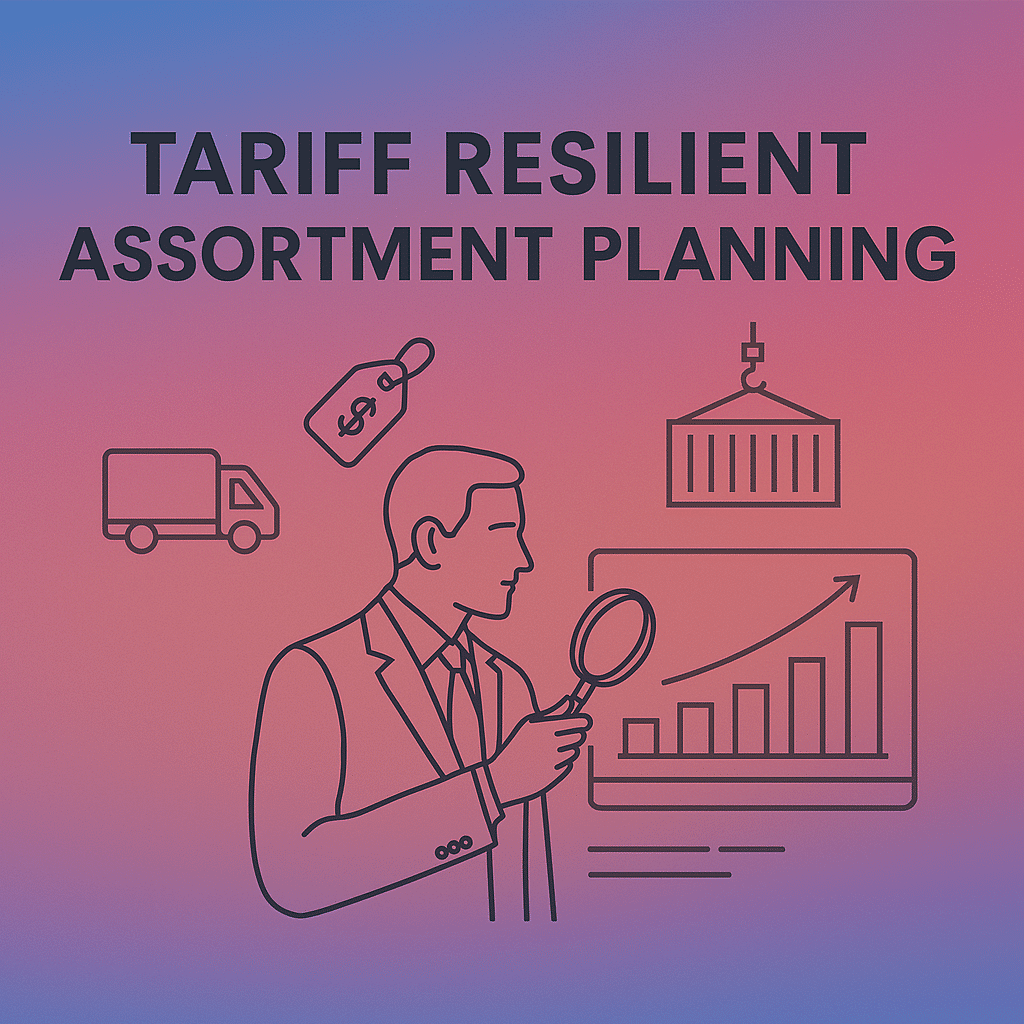Confessions Of A Fashion Designer

We are happy to share a note received from a fashion designer with one of our clients. This is a transformative story. We thought this may help provide a perspective for not just fashion designers, also those in other roles of buying, merchandising /planning and category/Business Head/ Owners.
Quote
From the beginning of college, fashion designers like me are taught to work on themes, innovate and experiment. This all is fine since we are graded more on the basis of innovation and not on customer acceptance. However, once a fashion designer comes to the retail industry he or she is expected to read the minds of hundreds/thousands of customers that they have never met. This is physically impossible. I as a fashion designer have faced similar problems. Following fashion forecast sites is only 5% of the job. The information in them is very muddled. I was frustrated and exhausted as I didn’t know how after following fashion predictions on these sites, the movement of the products was less.
When I was introduced to Stylumia I was very apprehensive. I told my boss ‘I feel it trapping’ however with time I have realised that data is nothing but a clearer detailed fashion report. To test the theory, I interpreted a few top-ranking designs using different colour combinations and adding a few tweaks. To my surprise, just after a month, I saw the products were hot sellers and sold out in 20 days. What better motivation does a designer need other than inventory leaving the warehouse faster than it entered.
With the limited time that I have, it is not practical to research that too what consumers like, real-time. With a daily global reach of technology, Stylumia helps me get a consumer view of not only current fashion but also from my inspiration brands which are forward-looking to stay ahead. This has cut down my research time and made me focus sharper than before.
Now, one has every right to ask how do we innovate here…? Well, one can mix match elements that make a garment ranking to create something completely new. For example, if a basic textured t-shirt is ranking no 1 and a raw edge t-shirt with zip-detailing is ranking no 10, you can add both details to make one garment i.e. a textured t-shirt with raw edge and zip detailing in top-ranking colors. Just like fashion forecast websites giving you guidelines why not look at Stylumia as a tried and tested guideline validated by the undisputable source “consumers”.
In closing she says
Stylumia does not hinder my creative process but gives me guidelines for making it a fast-moving customer loving product. Stylumia is now taking us through a journey (not trap) and making our brand a consumer favourite.



